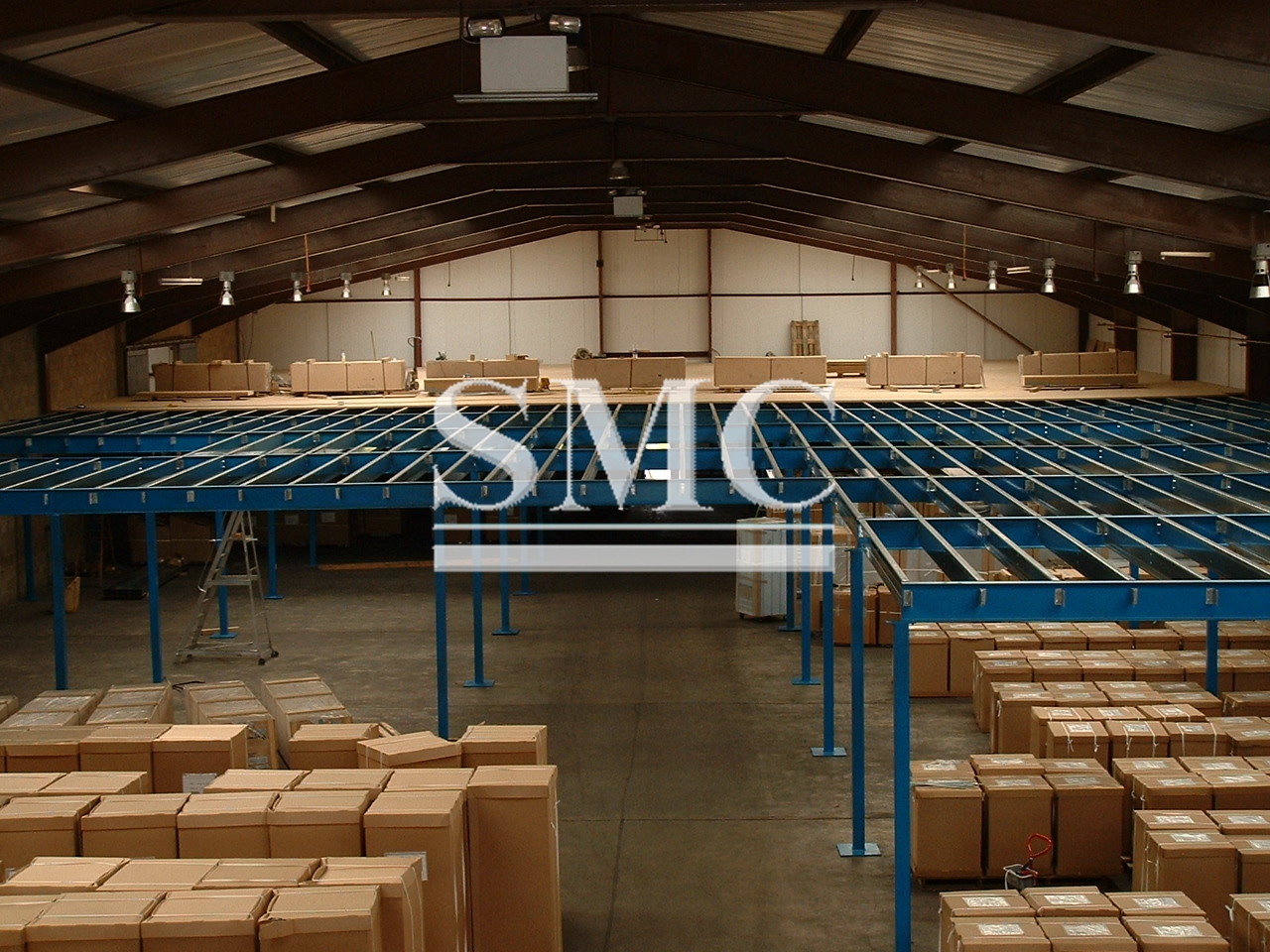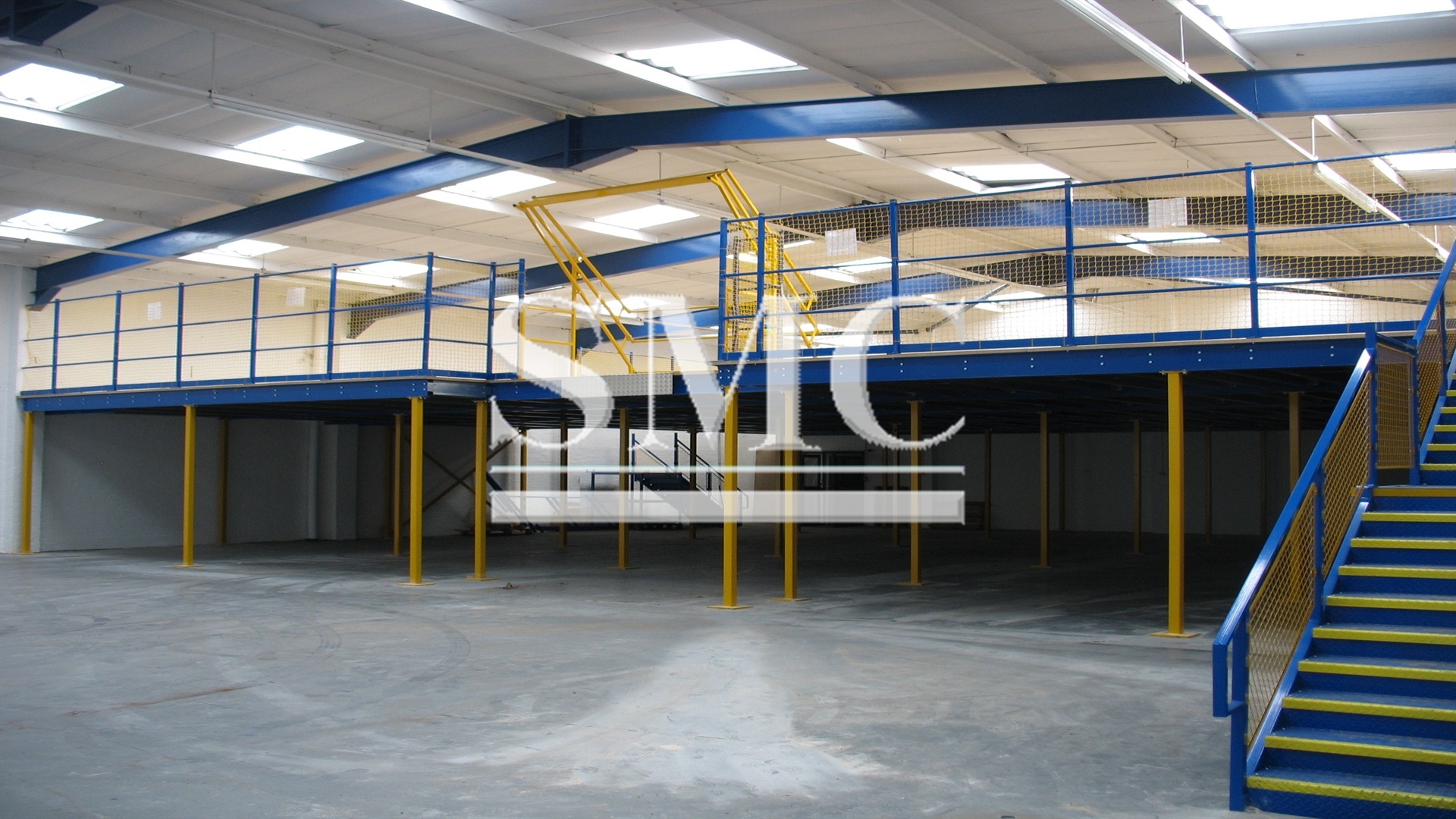
- Unternehmensübersicht Das Herz von Shanghai Metal Vision und Philosophie Partnerschaft Zertifizierungen Unternehmenskultur
- Unser Service Projekt-Design Wartung und Service Herstellung Transformation und Aufrüstung Lagerung und Logistik Verarbeitung und Handel
- Management Unsere Geschichte Globale Verantwortung
- Beschaffungszentrum Praktikum
- Metall Aluminiumprodukte Kupferprodukte Metallisch beschichtete Produkte Edelstahlprodukte Stahlprodukte Sonderlegierung
- Konstruktion Stahlgitter Lagerregal Stahlstruktur Stahlbrücke Gerüstbau Baumaterial Chemische Rohstoffe One Stop Solutions for Projects
- Containers ISO Standard Container Gerätecontainer Lagerbehälter Container Haus Reefer / Isolierbehälter Offshore Container
- Maschinen Formmaschine Andere Maschinen Schneidemaschine Verarbeitungsmaschine Biegemaschine Ziegelmaschine Motor
- Mechanische Produkte Fahrzeugindustrie Verschiedenes Festmacher Schiffsausrüstung Druckbehälter
- Elektrisches System Elektrisches Kabel Automatisierung Machtverteilung Solarenergie System Elektrisches Schutzsystem Transformator Fließband Blitzsystem
- Medizinisches Zubehör Fütterungsprodukte Atemwegsprodukte Pflegeprodukte Injektionsprodukte
- Baumaschinen
- EPC-Projekt
- Erdölleitung
- Wasserleitung
- Gas Leitung
- Boots- und Liegezubehör
- Metall zur Dekoration
- Transformator-Komponenten
- Wärmetauscherrohr
- Klimaanlage Ersatzteile und Zubehör
- Kessel
- Küchen- und Badezimmergerät
- Metall für Haushaltsgeräte
- Solarstromgerät
- Aufzug
- Dach und Decke
- Kabel
- Tank
- Verpackung
- Maschinen und Anlagen Ersatzteile und Zubehör
- Formenwerkzeug
- Autoteile
- Gleis- und Kranbahn
- Hardware-Anpassung
- Schleifmittel
- Straßenbaumaschinen
- Elektronische Bauteile
- Bau- und Ausbaumaterialien
- Türen und Fenster
- Kühlschränke
- Pressemitteilung Nachrichten aus der Metallindustrie Nachrichten von Maschinen und Anlagen Nachrichten von Bau und Gebäude Nachrichten von mechanischen Produkten Nachrichten von Containern Nachrichten von Elektrik System Nachrichten von medizinischem Zubehör
- Medienbibliothek Videos Bilder Folgen Sie den sozialen Medien in Shanghai
Are you actually aware of mezzanine floors and what are they used for?
Mezzanine floors enable the working height of a space to be utilized to its full potential by doubling or tripling the surface area. They can be designed as storage areas, changing rooms or offices, among other concepts. Installing a mezzanine floor is the best way of optimizing available space.
They can occupy the whole space or just the highest parts of the room.
Advantages
They are quick, clean and easy to install. - They can be completely disassembled; all parts can be reused, and their structure, size or location can easily be modified. The wide range of sizes, floor types and construction systems mean the mezzanines can be adapted to meet specific client needs. - They can be complemented with a variety of shelving systems. The mezzanine design must take into account the access-ways, work system, the product and handling methods so that such elements as stairs, handrails, and loading and unloading zones can be accurately planned. Platform and goods lifts can also be incorporated to facilitate the movement of goods from one level to another.
Applications
Mezzanines http://shanghaimetal.com/magnesium_plate_flooring_product-619.htm#mce_temp_url# can be used for a variety of applications, such as work areas, component assembly areas, order preparation zones, storage space or offices.
The installation consists of two raised floors. The ground floor has been fitted with shelves for storing medium to small sized goods and a larger amount of picking operations. The top floor is used to store large or less frequently consumed products.
The mezzanine is connected to a picking warehouse by gangways that serve as reception and order preparation areas. An adjacent platform lift enables goods to be raised and lowered to the different floors.

Some warehouses consist of mezzanine which is connected to a picking warehouse by gangways that serve as reception and order preparation areas. An adjacent platform lift enables goods to be raised and lowered to the different floors.
A common application is to use the bottom area as a work or order preparation zone and the top part as offices or isolated work areas, complemented by aluminium partitions and false ceilings for a more agreeable working space.
There are also examples of work area for document classification that has been located above the loading bays. Hence, the conveyor belts are hung from the mezzanine structure. Moreover, there mezzanine with several levels, is used as a classification and storage area for hanging items of clothing. The structure itself supports the elements required for the movement of the clothing trolleys.

Technical Specifications
Depending on the function of the mezzanine structures and the applicable national and local regulations, the structures may need to be made fire-resistant by using intumescent paint. All structural systems become weaker with exposure to the high temperatures caused by fire, thereby losing their mechanical properties and, therefore, strength.
By using intumescent paint-based protection, the heating of these structures can be delayed. This system consists of applying a layer of paint to the finished assembled structure on site. The thickness of the layer varies, depending on the beams that are to be painted and the degree of fire-stability required. In appearance, intumescent paint is similar to any other type of paint, but on contact with fire it serves a protective function by expanding and forming an effective insulation, while keeping the base structure sufficiently cool during the calculated time.
In order to guarantee the effectiveness of this paint protection system, it is essential that the beam mass be taken into consideration. Therefore, in some cases, cold-rolled beams with a low iron thickness may not be suitable. Another characteristic to consider is shape: an open shape is required for the protection to be applied correctly, as semi-closed shapes have areas that are difficult to access, hindering the application of the necessary paint thickness.
Ideally, the structure should be protected at the assembly phase, before installing the mezzanine flooring or any other element attached to it, thus avoiding thermal bridges which could transmit heat to the beams. For high fire-stability protection, applications may be carried out on the structure using perlitebased mortar projection. This technique also requires open beams
Paint resistance to the fire
Depending on the function of the mezzanine structures and the applicable national and local regulations, the structures may need to be made fire-resistant by using intumescent paint.
All structural systems become weaker with exposure to the high temperatures caused by fire, thereby losing their mechanical properties and, therefore, strength. By using intumescent paint-based protection, the heating of these structures can be delayed.
This system consists of applying a layer of paint to the finished assembled structure on site. The thickness of the layer varies, depending on the beams that are to be painted and the degree of fire-stability required. In appearance, intumescent paint is similar to any other type of paint, but on contact with fire it serves a protective function by expanding and forming an effective insulation, while keeping the base structure sufficiently cool during the calculated time.
Accessories
In the list of accessories and extra equipments must be added swinging door and sliding door. The first opens inwards, with a stop at the bottom and a security latch at the top. It permits access to goods from outside or limits the work area., while sliding opens inwards, with a stop at the bottom and a security latch at the top. It permits access to goods from outside or limits the work area.
It is necessary to take safety zone in to account. Up and Over Pallet Gate is also a must in mezzaznine application